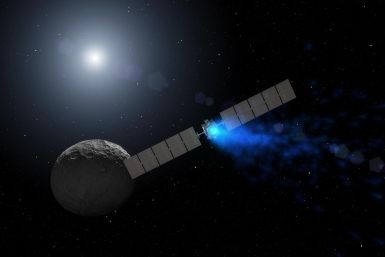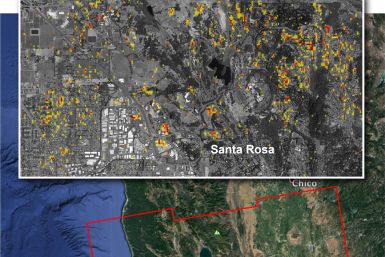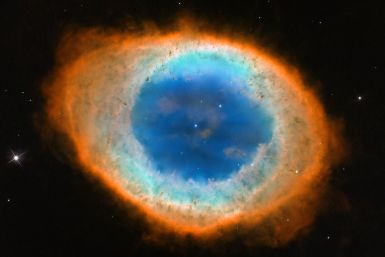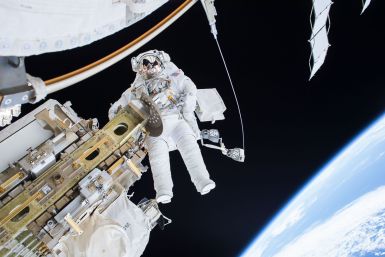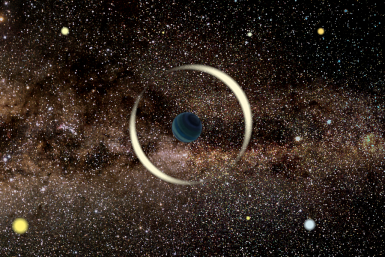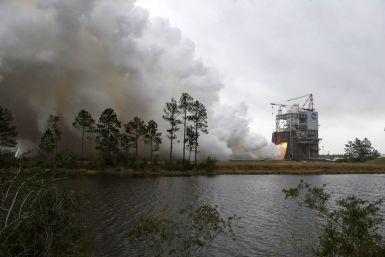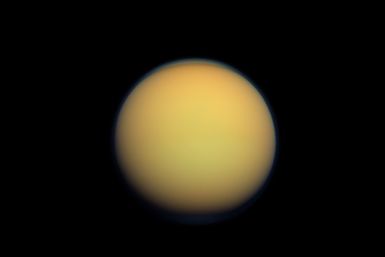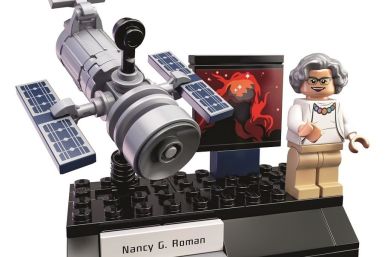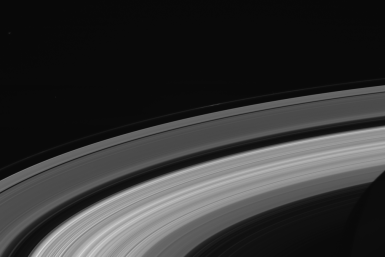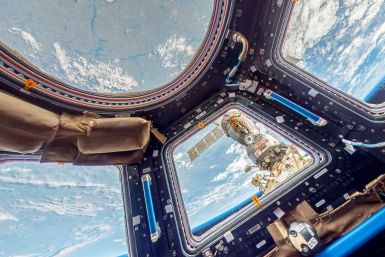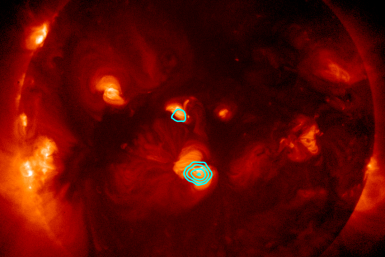NASA has extended the Dawn mission to 2018 to study Ceres up-close. The space probe hopes to capture the celestial event, which will help us understand the atmosphere around the dwarf planet.
NASA and Google have made a virtual reality program that lets people explore Mars.
The ARIA team with NASA created an aerial map of the damage from the wildfires in California, offering crucial information to aid in the recovery effort.
French astronomer Charles Messier first put together a catalog of non-comet celestial objects in 1774 to help comet seekers.
Watch the final spacewalk of Expedition 53 on the International Space Station live.
Latest NASA studies have shown that refining our search parameters to study the movement of water vapor could narrow and make the search for extraterrestrial life more fruitful.
The magnetic tail trailing behind Mars is unique in the solar system and is twisted by the solar wind, NASA’s MAVEN spacecraft has found.
Watch NASA live test a rocket that will eventually be used for deep space exploration to Mars.
The presence of noxious ice points to complex chemical reactions occurring in Titan’s atmosphere and also currents that alter its composition over time.
Scientists have determined the origin of organic material found earlier this year in Ceres using NASA's Dawn space probe.
Simply put, the inflatable module can function autonomously as a commercial space station, potentially serving as a space habitat.
The newest LEGO Ideas set features four pioneering women from NASA.
Sending a space probe to Mars’ bigger moon Phobos could be hard because the sun is constantly spitting out electrically charged particles.
A weird asteroid orbits the Earth and the sun at the same time.
The X3 ion propulsion system developed by a team from University of Michigan, NASA and U.S. Air Force has broken previously held power generation records.
NASA’s Cassini spacecraft had been in the Saturn system since mid-2004, and finally ended its mission by plunging into the planet’s atmosphere Sept. 15.
Google Maps now allows you to explore Pluto, Venus and the most exciting moons of Saturn and Jupiter.
NASA has debunked several doomsday theories in the past. Scientific explanations are in place against the Nibiru theory too.
A classified NROL-52 satellite was launched early Sunday from Cape Canaveral Air Force Station in Florida after a series of delays linked to weather and technical issues.
The corona, or the sun’s outer atmosphere, is hundreds to thousands of times hotter than the surface temperature of about 6,000 degrees.
When astronauts venture outside the International Space Station for a spacewalk, they are hanging in the emptiness of outer space.
New research from NASA shows that the ENSO cycle, and El Nino has to do with CO2 emission levels.










